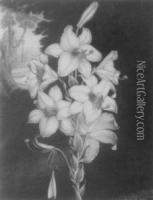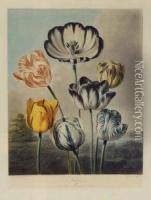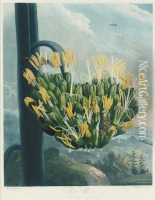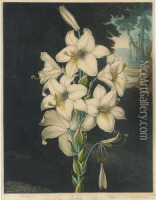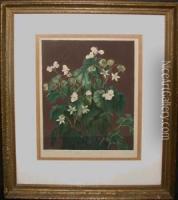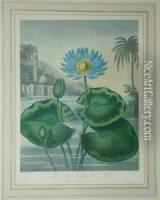Robert John, Dr. Thornton Paintings
Robert John Thornton was an English physician and botanical writer, born in 1768. He is best known for his work 'The Temple of Flora,' which is one of the most famous and extravagant botanical publications of the 18th century. Thornton was the son of Bonnell Thornton, a writer and satirist, and he initially pursued a career in the church before switching to medicine, eventually studying at the University of Cambridge and becoming an M.D.
After inheriting his father's estate, Thornton was able to fund his passion for botany and the arts. His magnum opus, 'The Temple of Flora' (1799–1807), was part of a larger work intended to be called 'New illustration of the sexual system of Carolus von Linnaeus,' which aimed to explore the classification system of plants developed by the famous Swedish botanist.
Thornton commissioned various artists, including Peter Henderson, Philip Reinagle, and Abraham Pether, to create the illustrations for the book. The work combined poetic texts with scientific descriptions and superbly crafted plates. Unfortunately, the book was a financial disaster for Thornton, who spent a great fortune on its production, leading to his financial ruin.
Despite the commercial failure, 'The Temple of Flora' was celebrated for its artistic beauty and remains a landmark in the history of botanical illustration. The book's plates, particularly those like 'The Night-Blooming Cereus,' 'The Blue Passion Flower,' and 'The Dragon Arum,' are considered masterpieces of botanical art. Thornton's life after 'The Temple of Flora' was marked by his struggle to resolve his debts and his continued work in medicine. He died in destitution in 1837. Robert John Thornton's legacy lives on through his contributions to botanical art, and his work is still highly sought after by collectors and botanical enthusiasts.
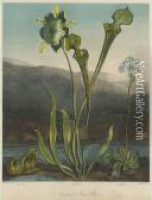
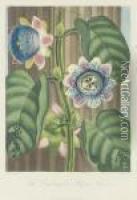
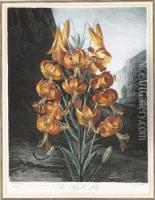
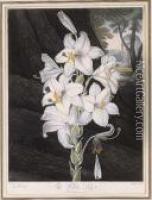
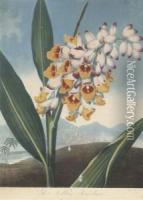
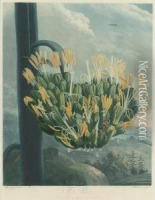
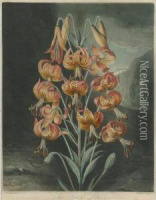
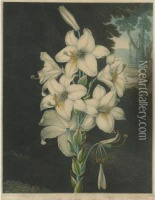
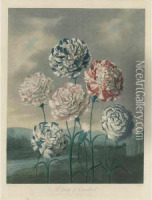
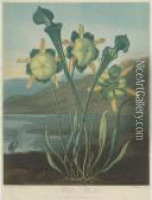
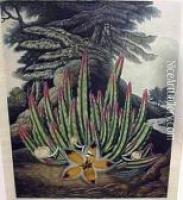
![John. [new Illustration Of The
Sexual System Of Carolus Von Linnaeus... And The Temple Of Flora Or
Garden Of Nature]. London: For The Publisher, 1799[-1807]](https://www.niceartgallery.com/pic/1586f7b9/1643024s.jpg)
